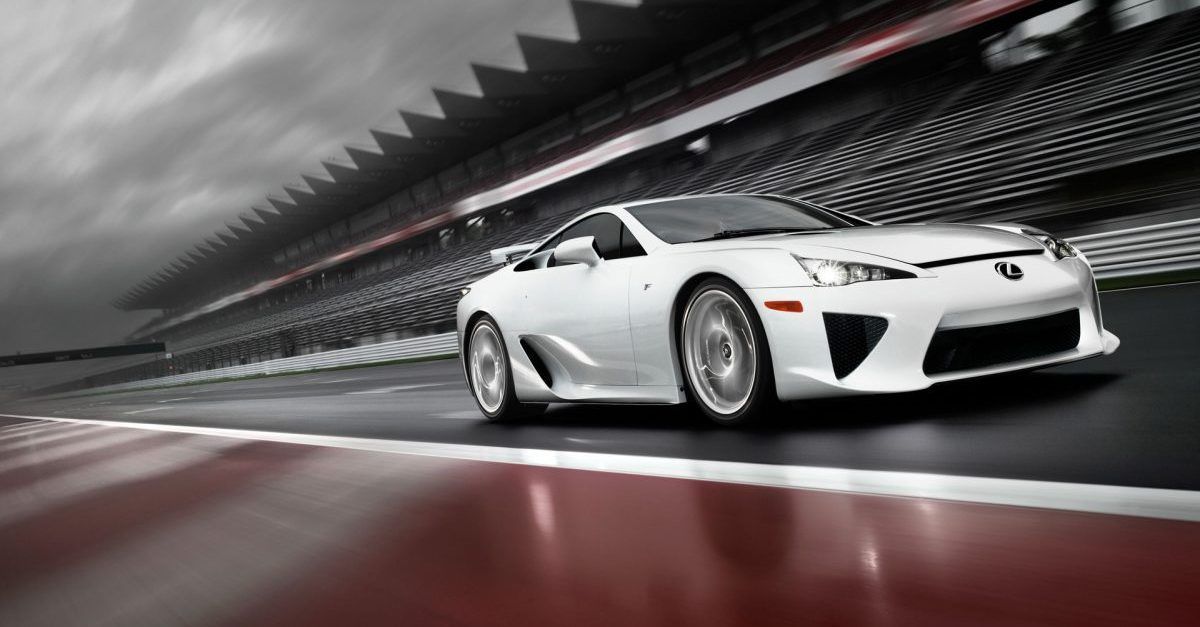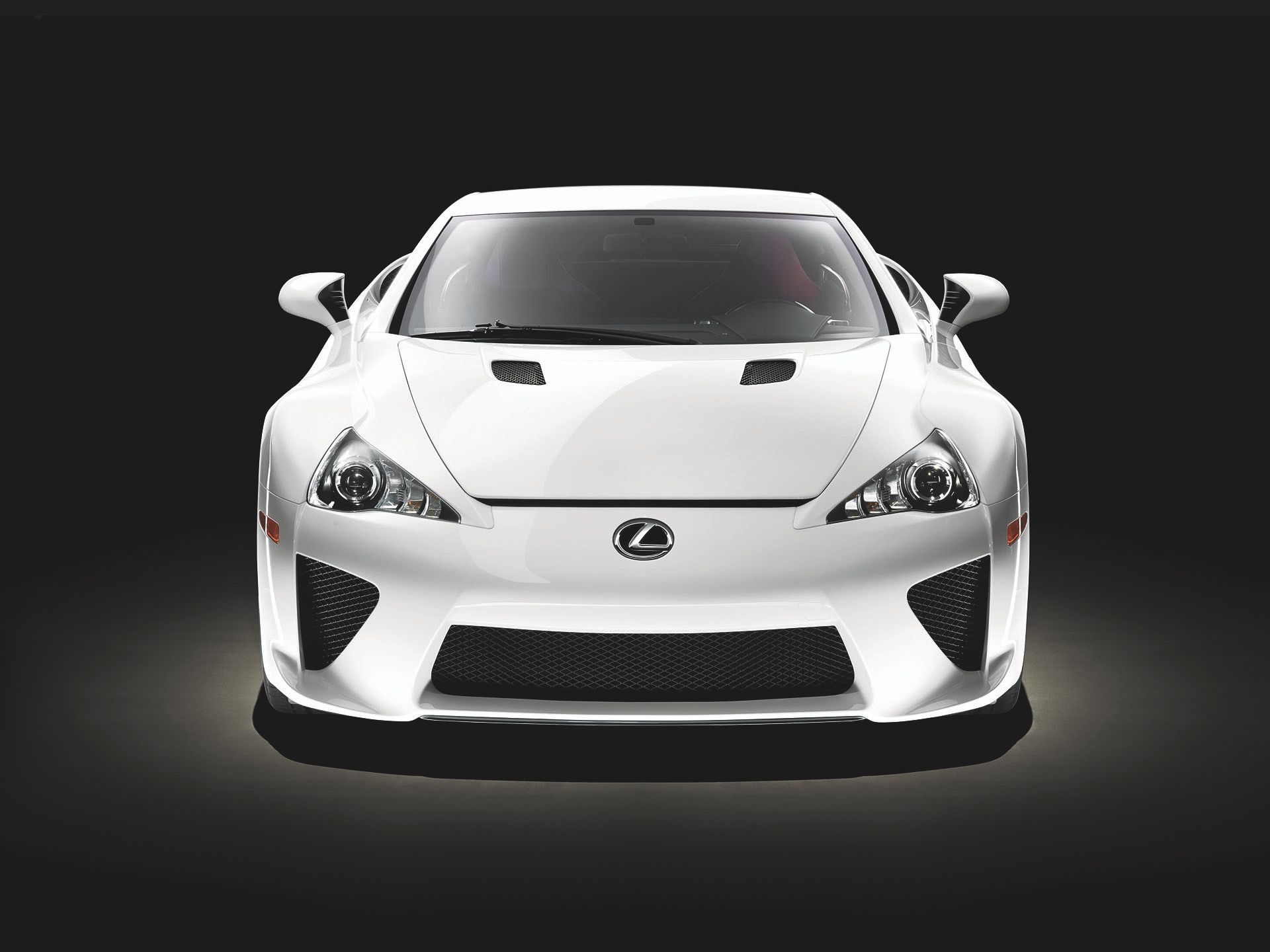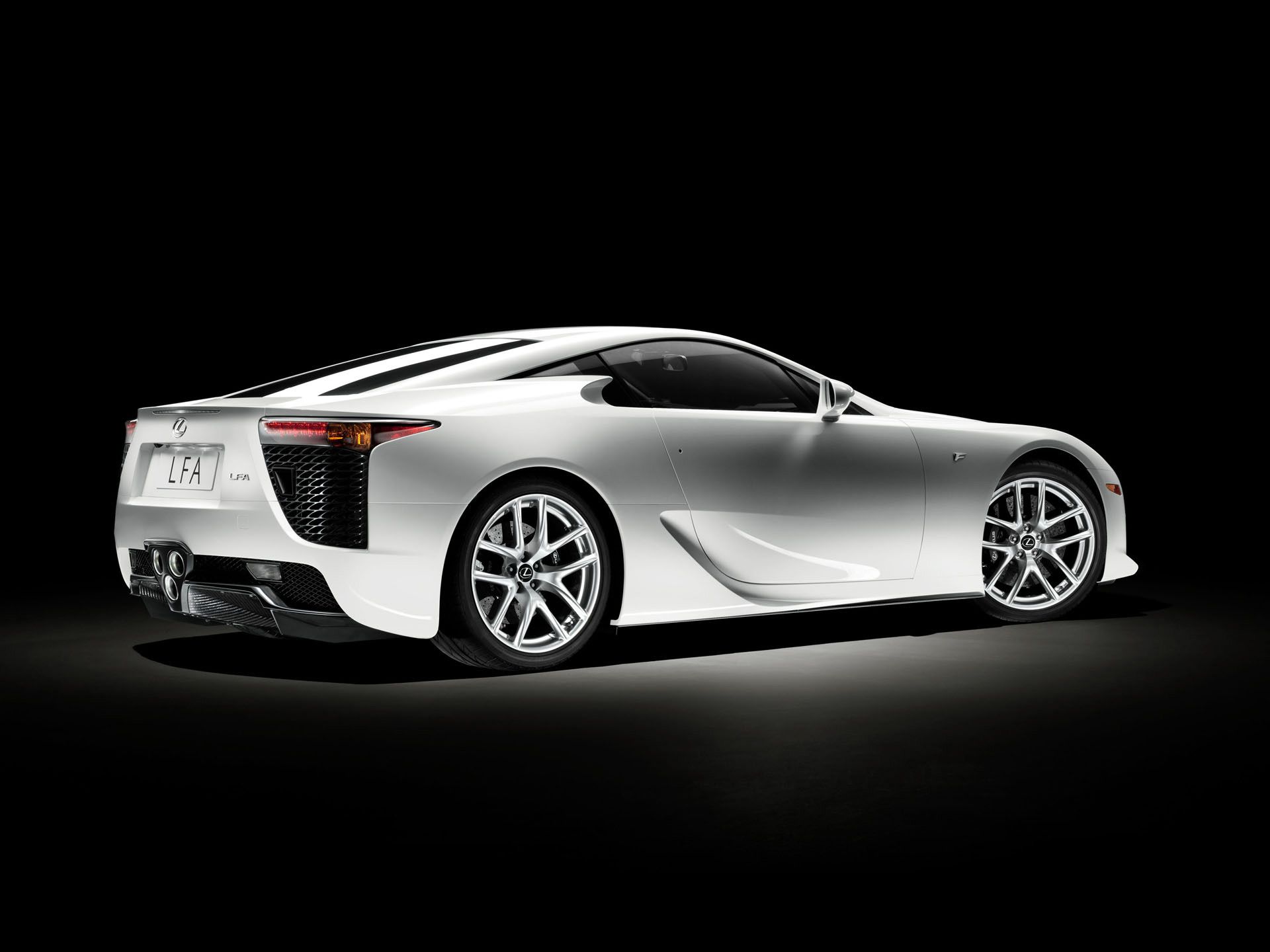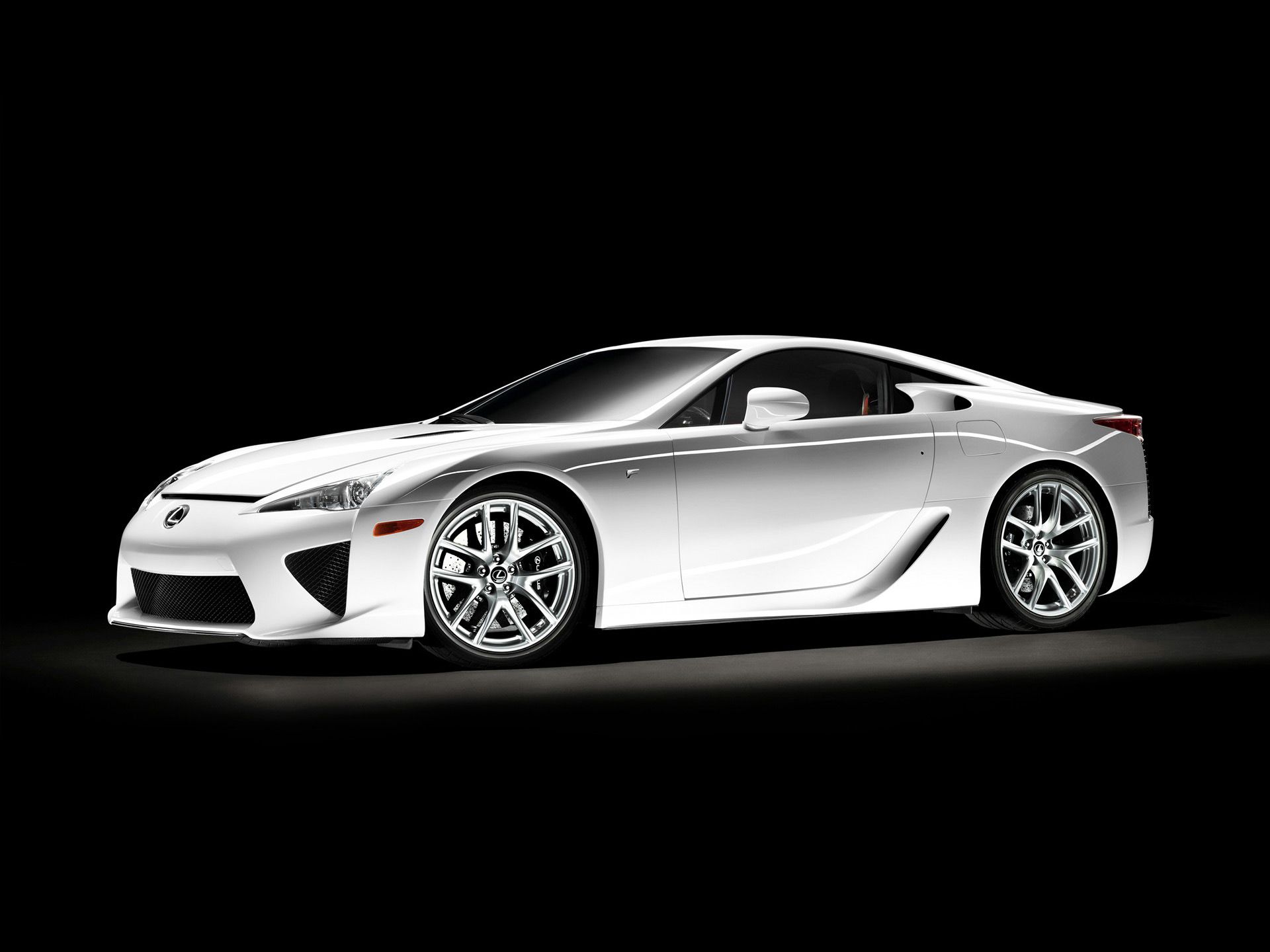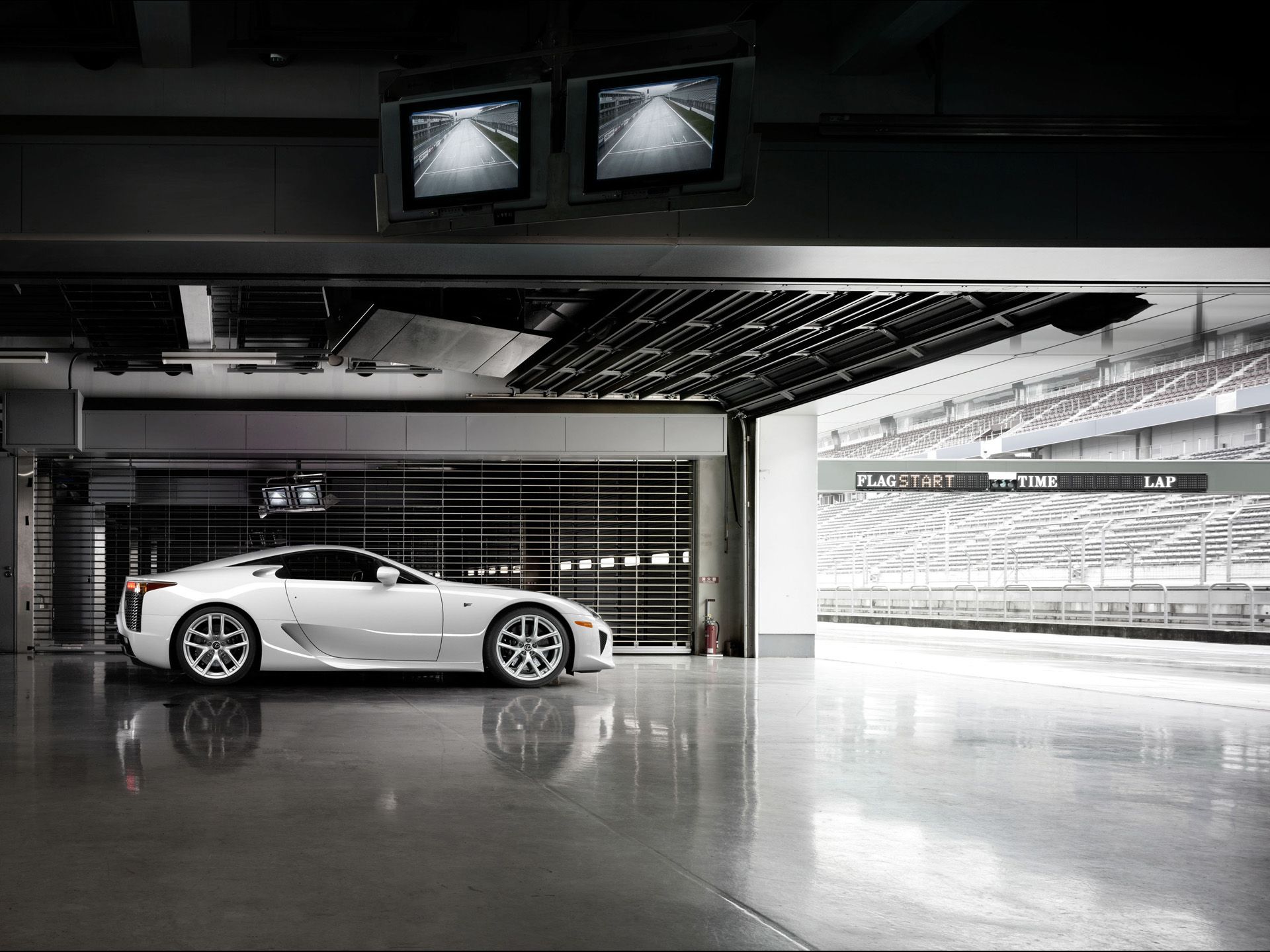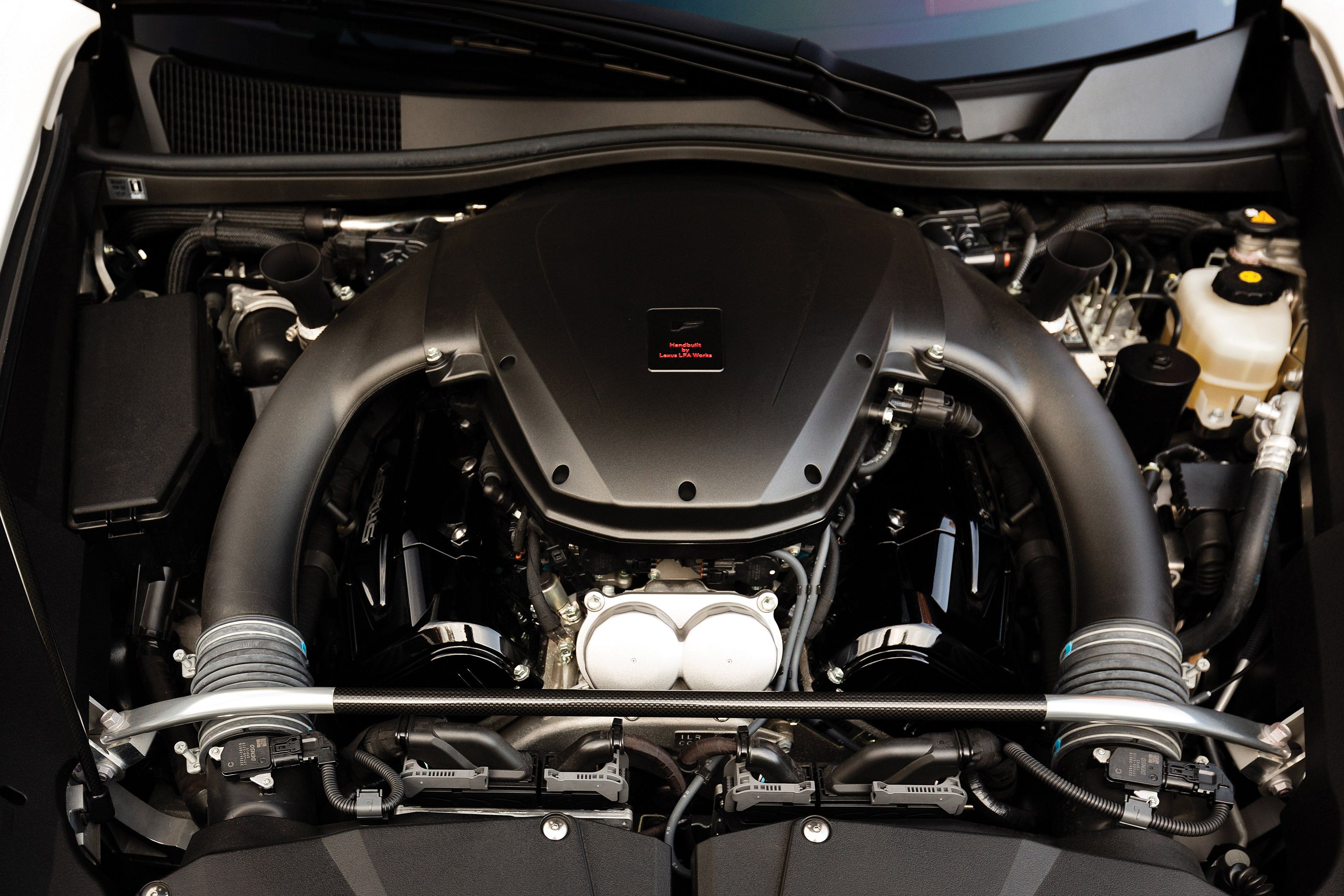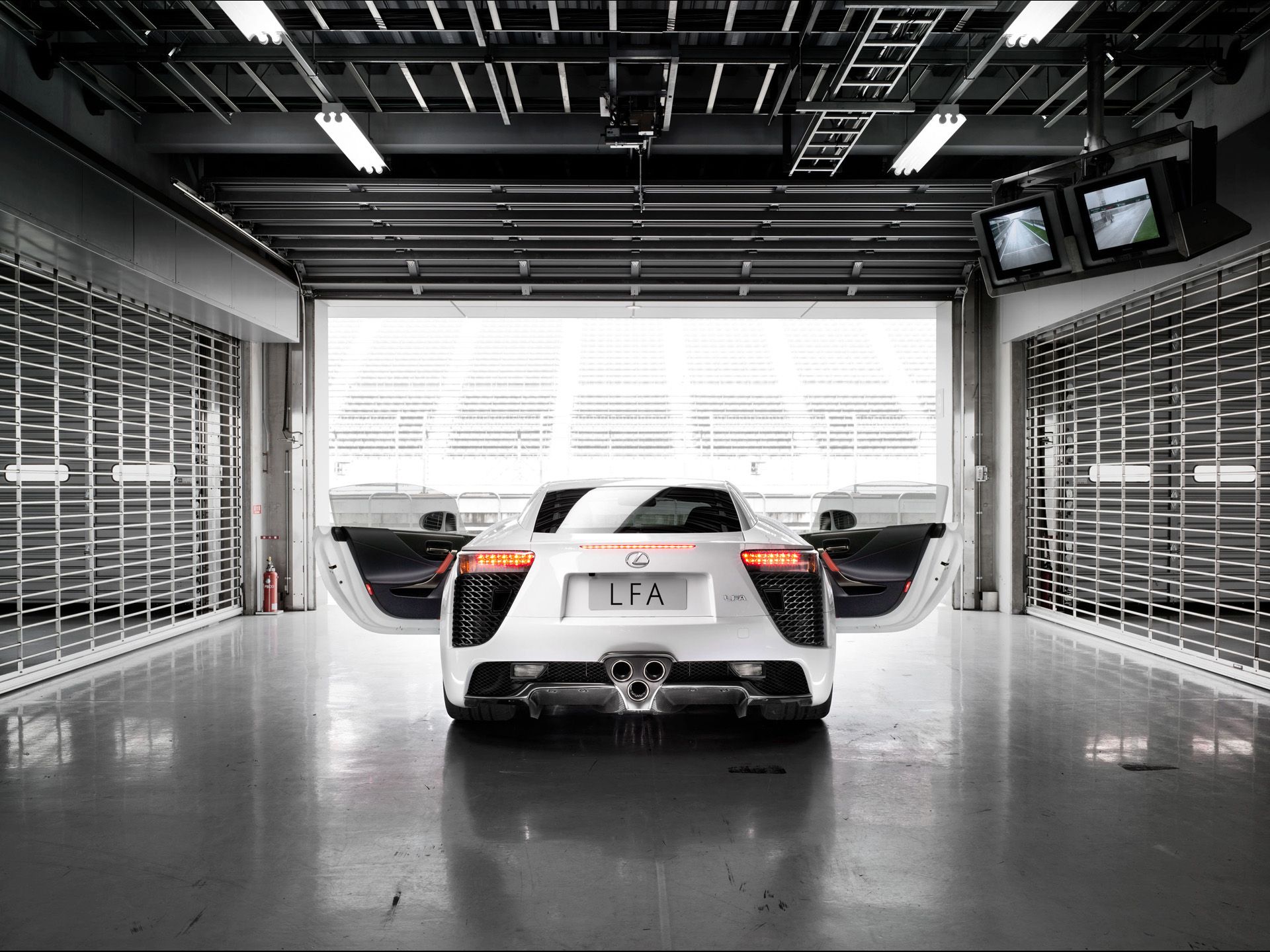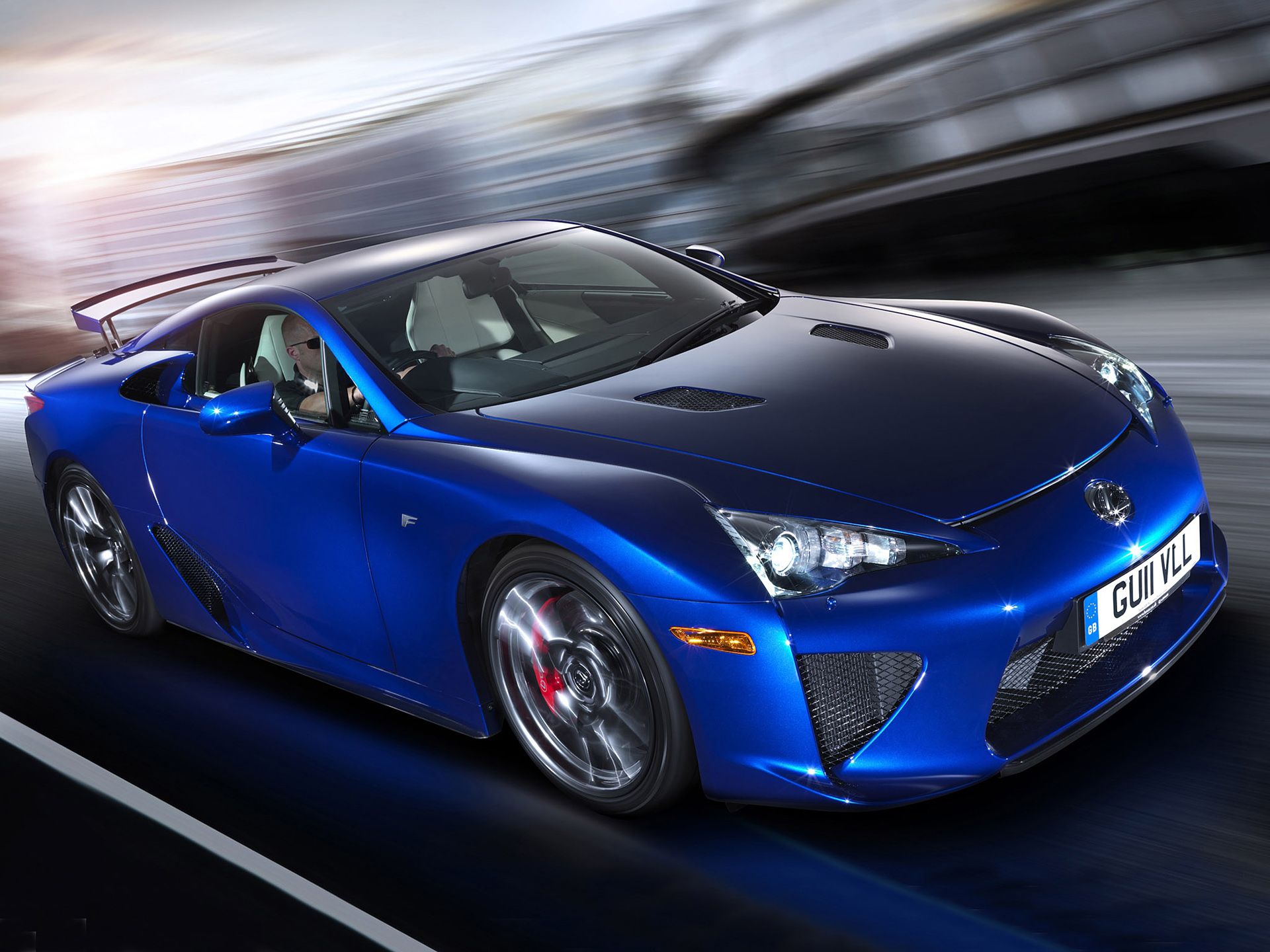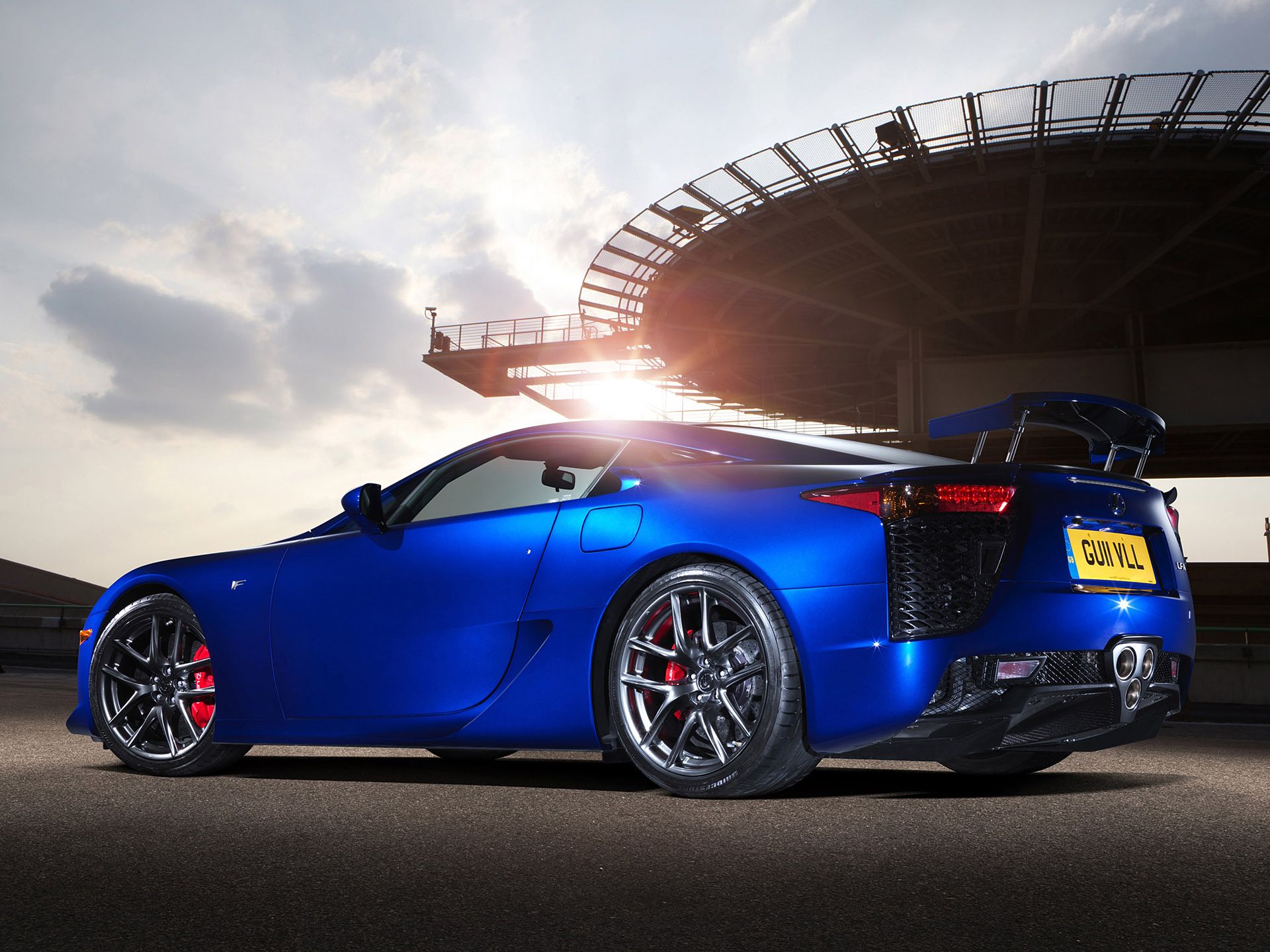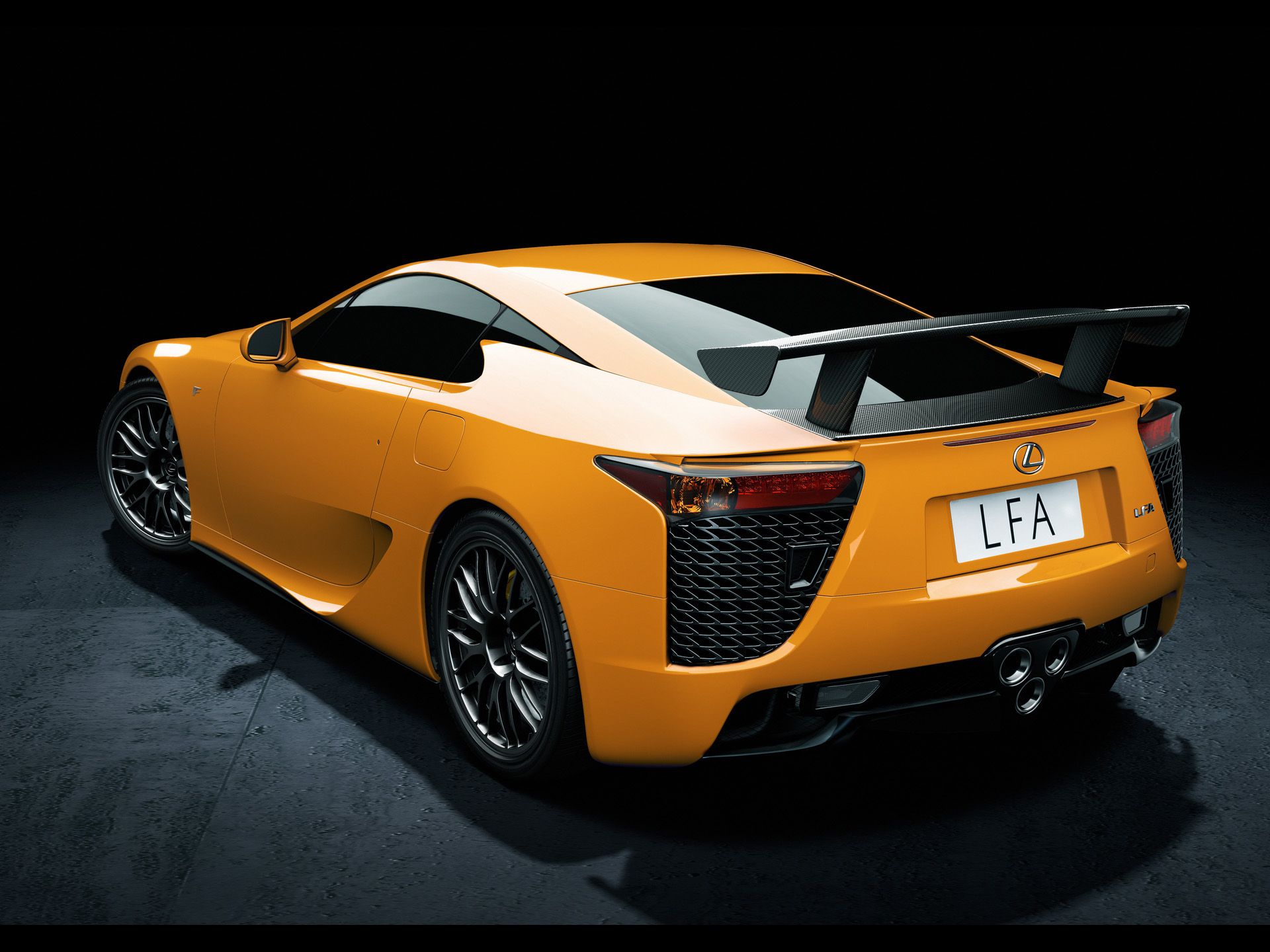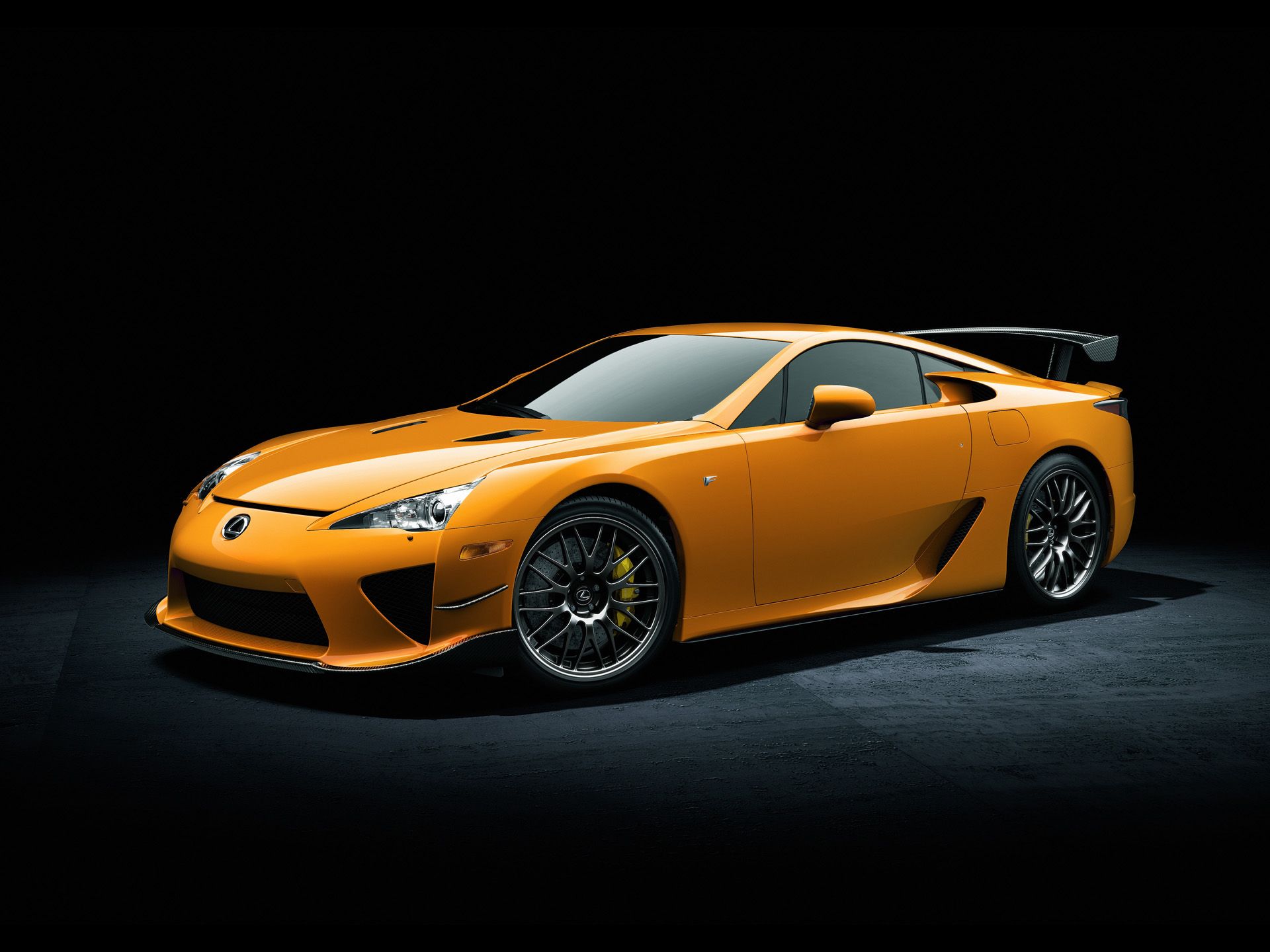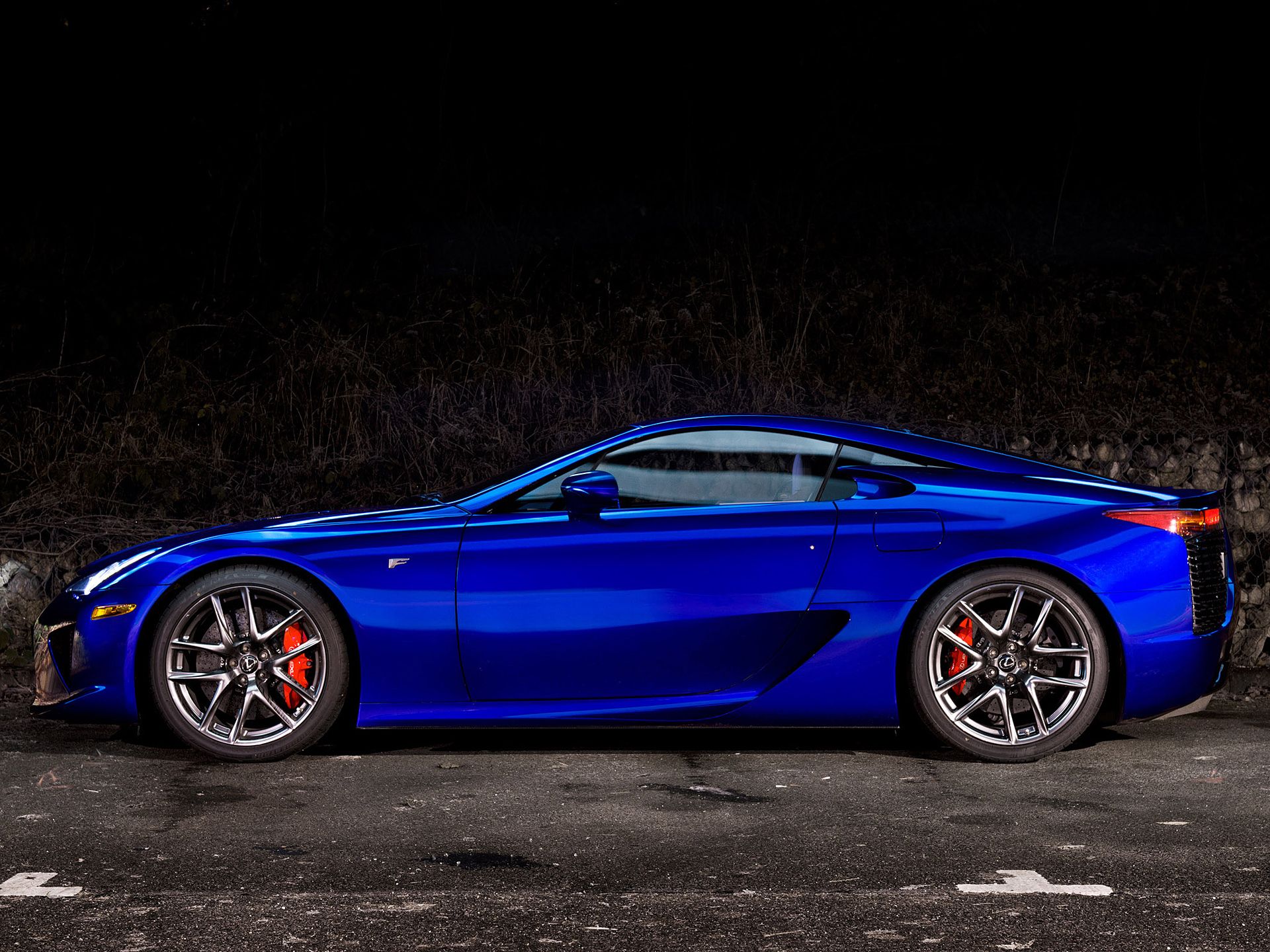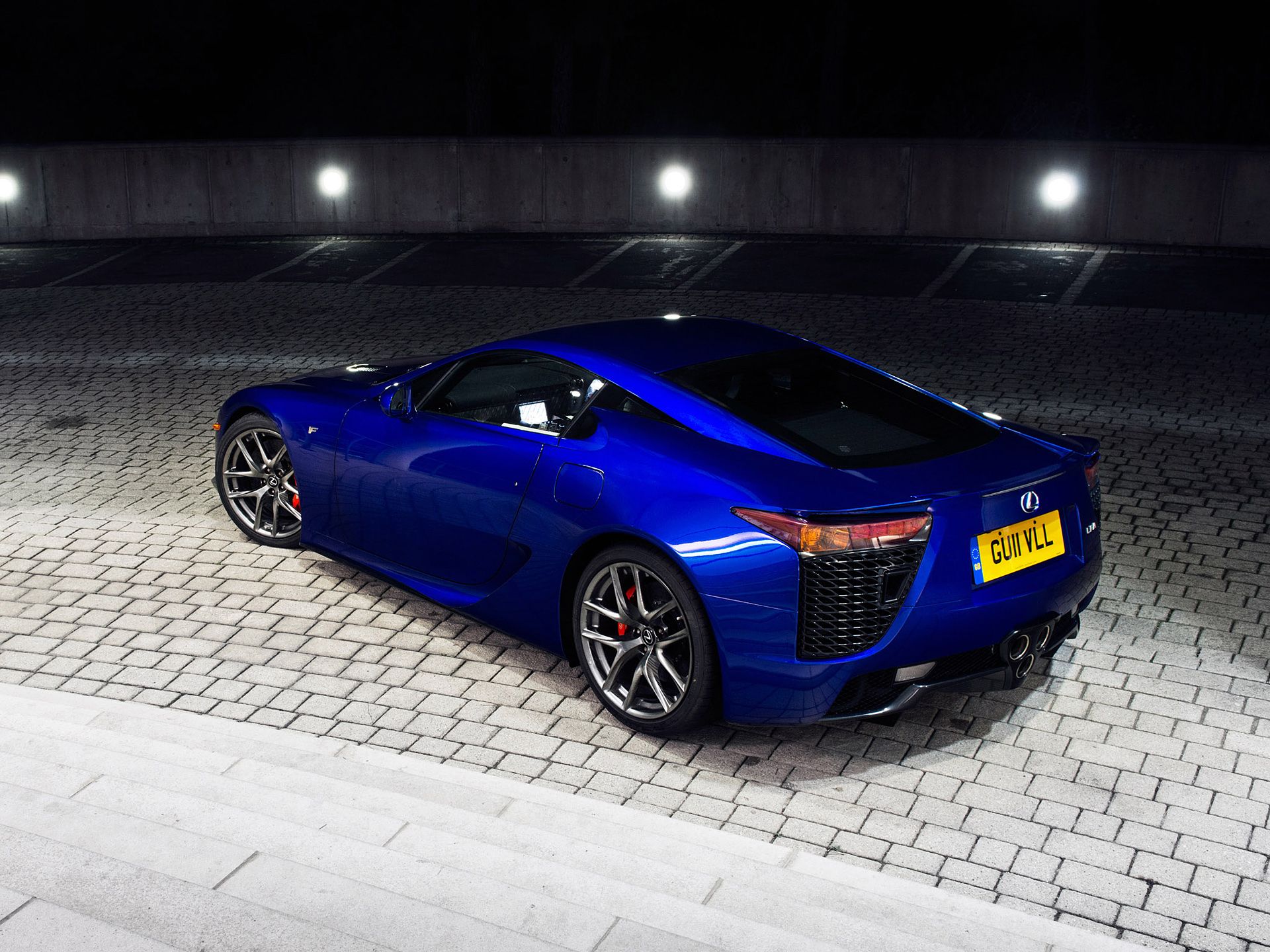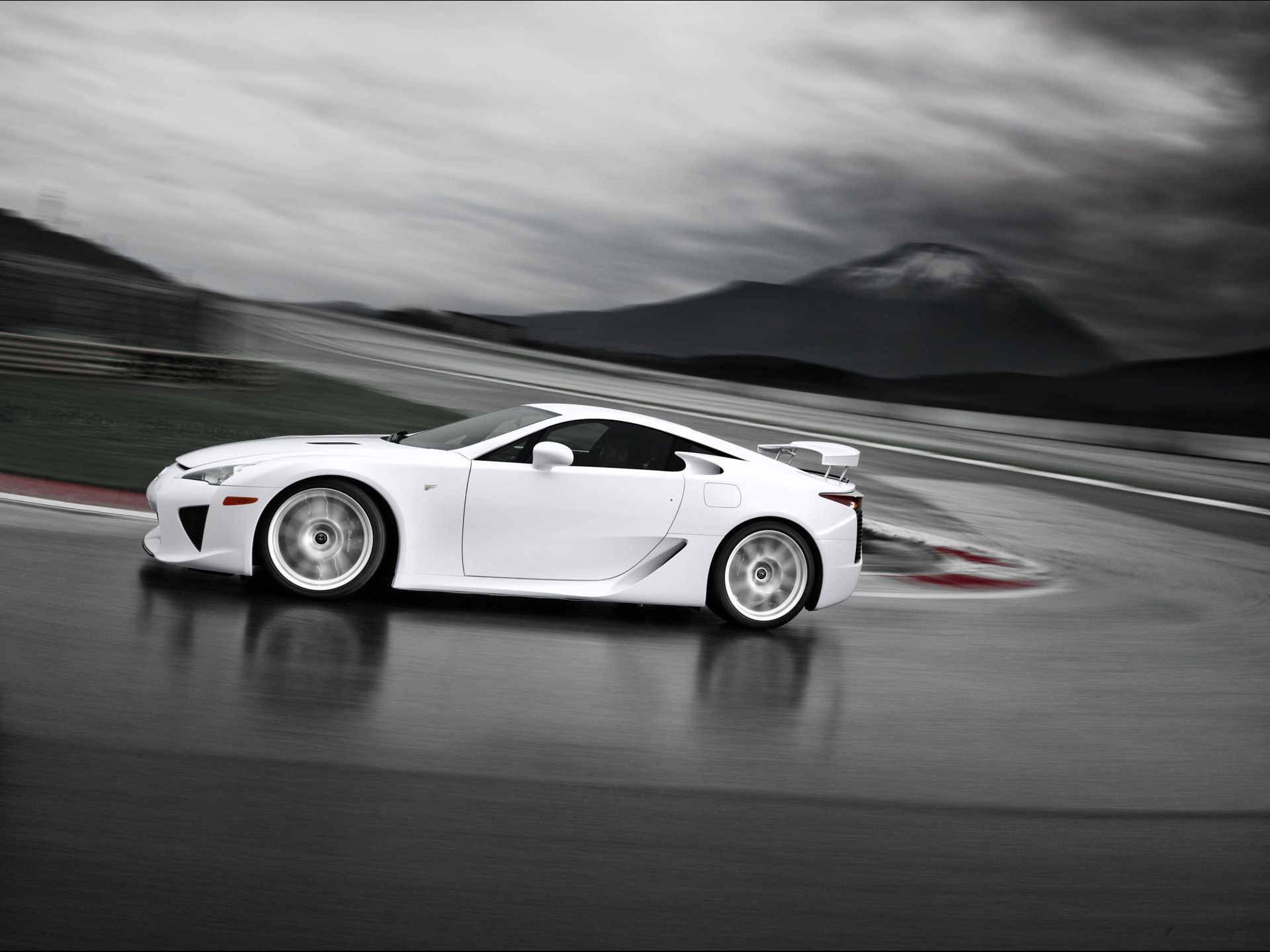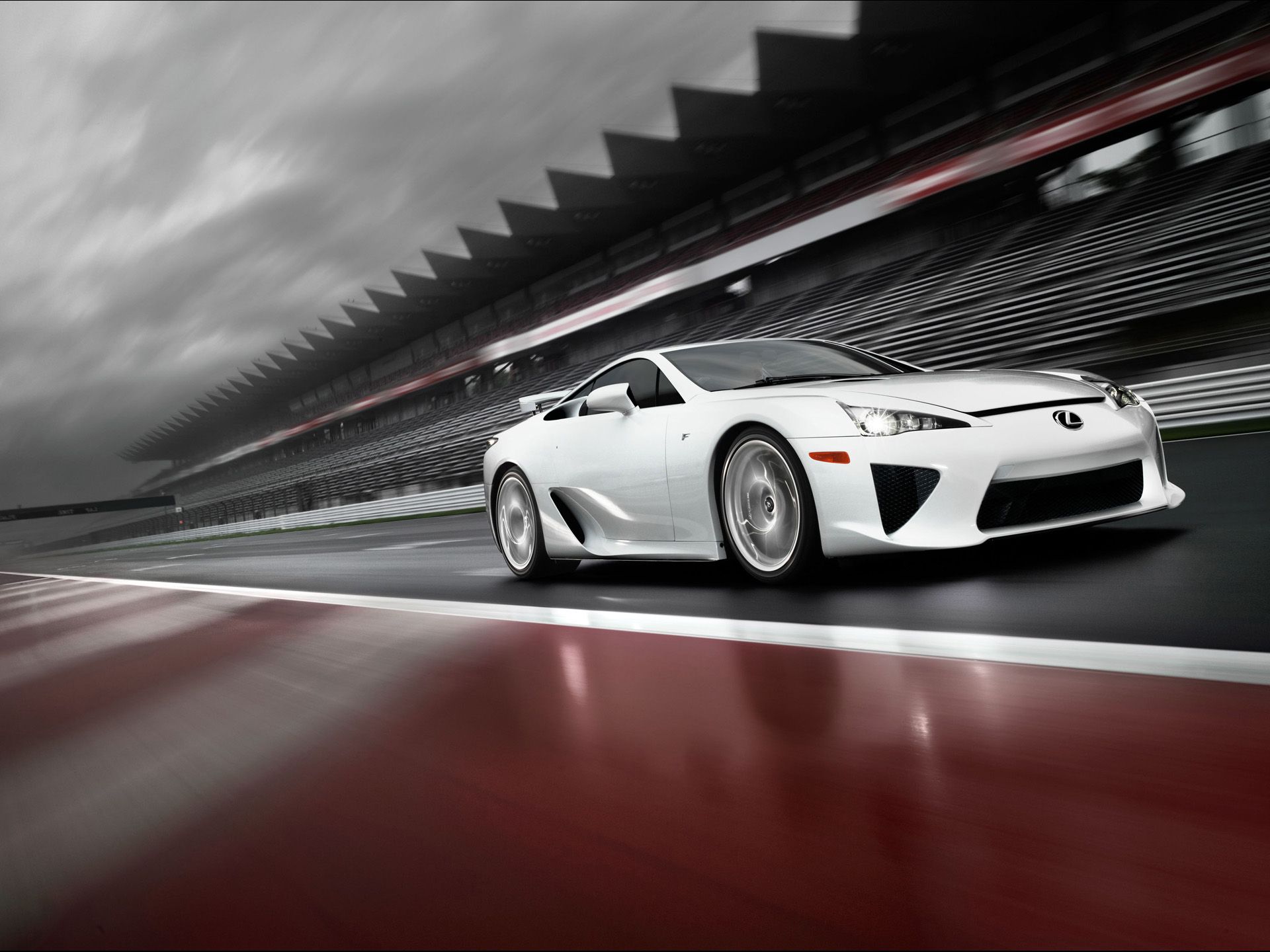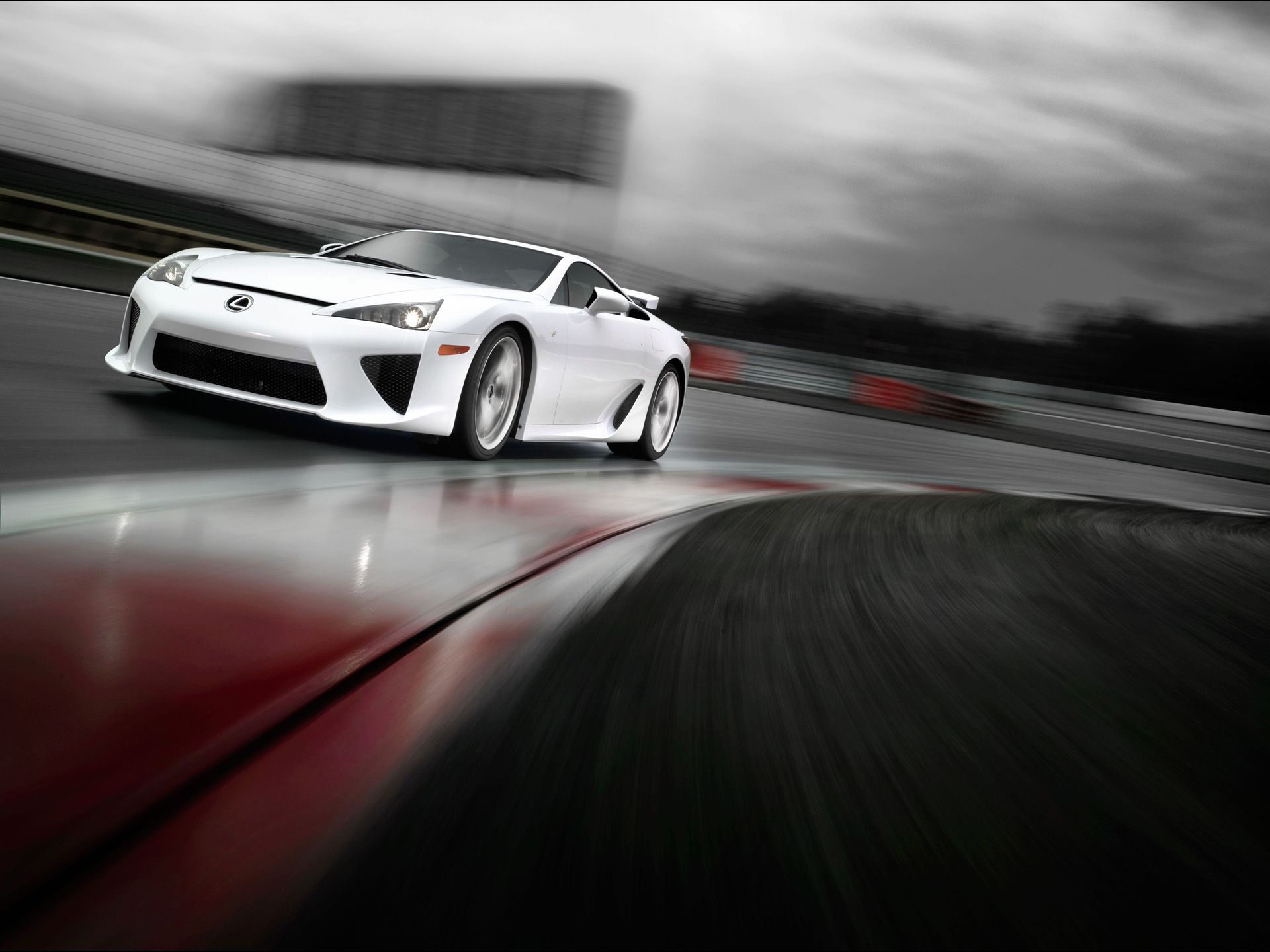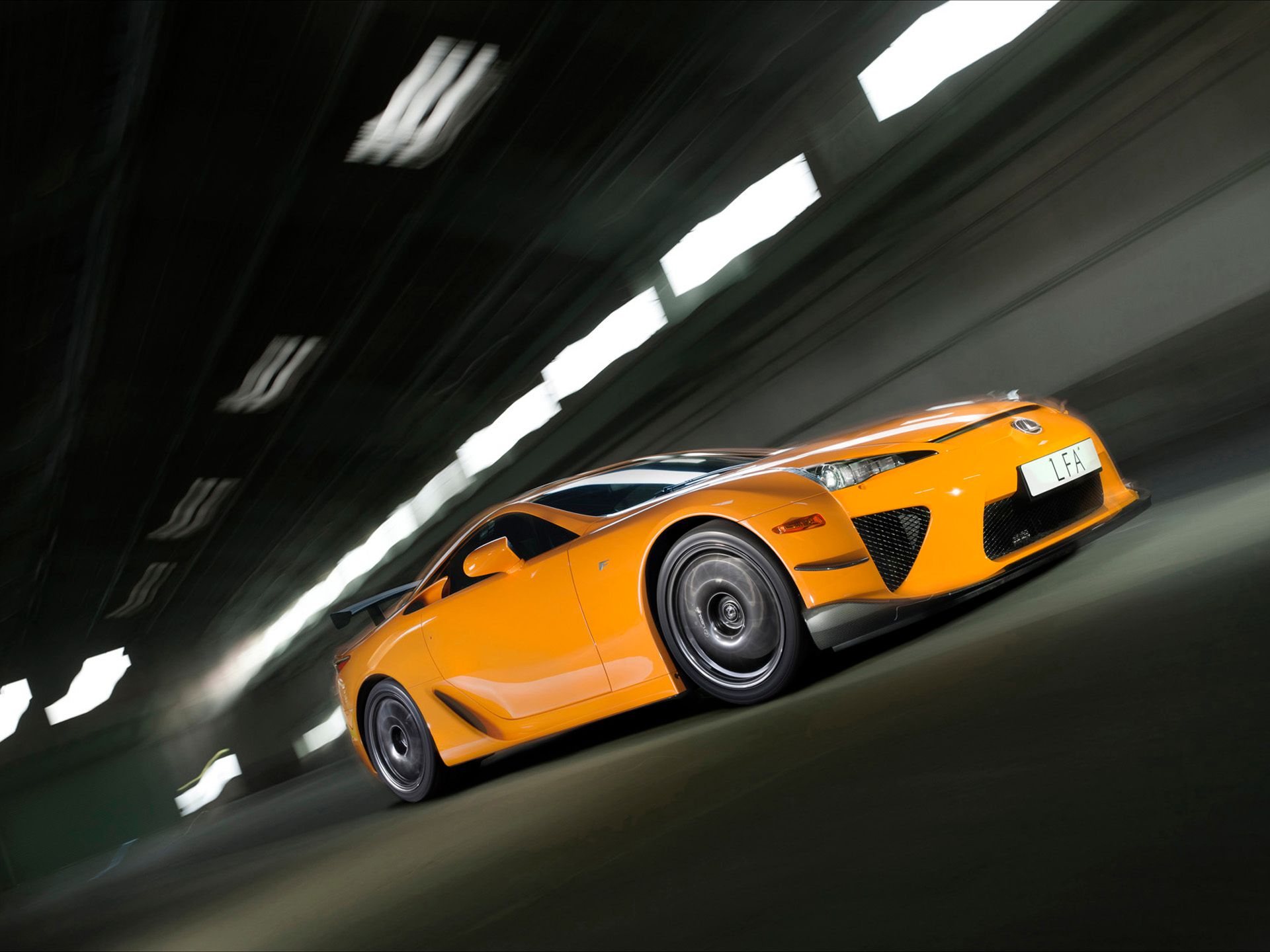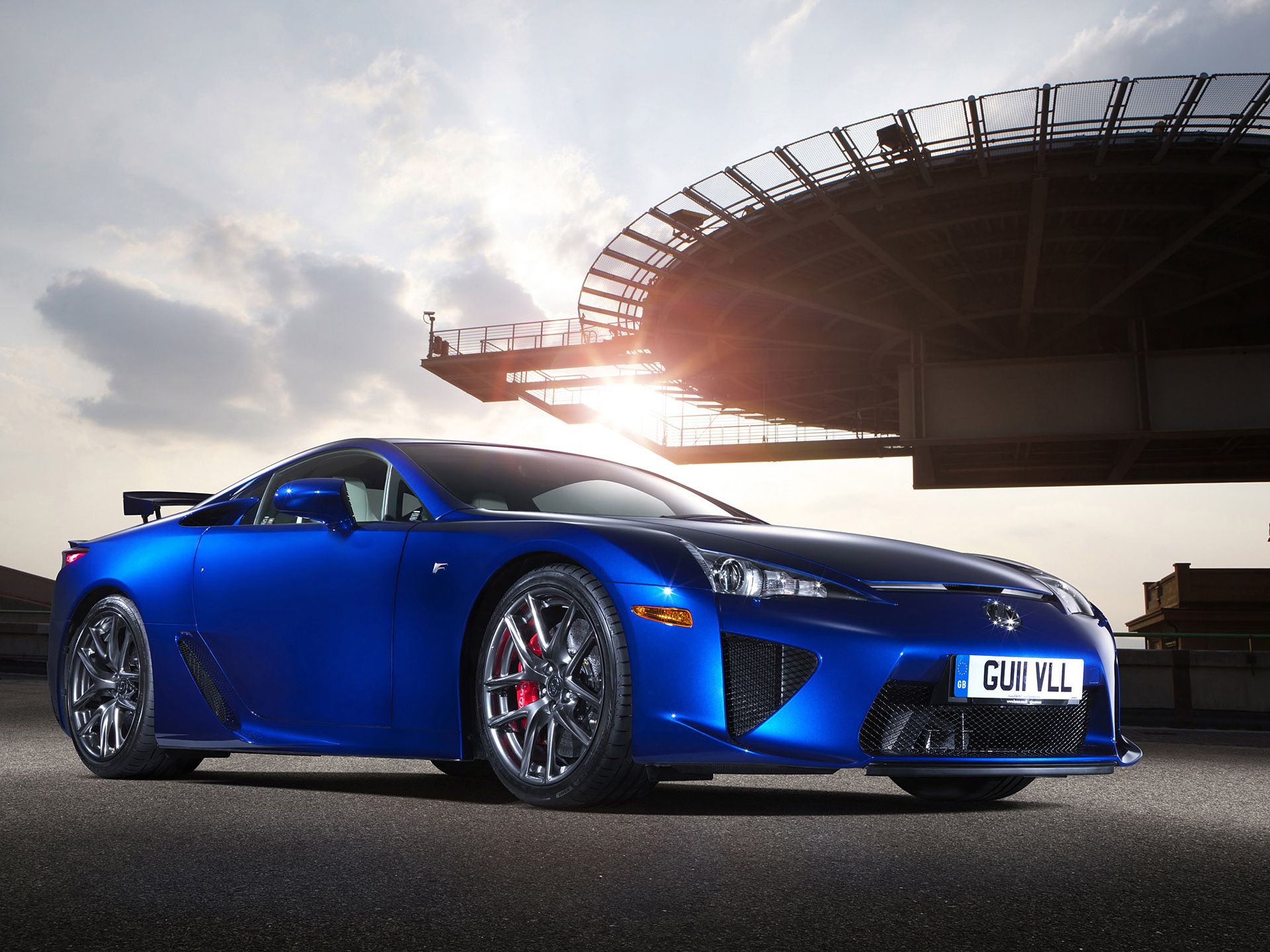The Lexus LFA has lost a large amount of its buzz in recent times. It's been around for over a decade now and has slowly become forgotten as time has gone on. Perhaps this is due to some of the technical and engineering innovations of recent years, with electric cars and 700-800 hp supercars becoming more and more common.
However, when first launched, the LFA was something of a technical marvel and has definitely earned its place as one of the most innovative cars of its generation. It's also quite possibly one of the finest examples of automotive engineering the world has ever seen, with small pieces of innovation in almost all areas of its design.
10 Incredible Sound
Engine sound is often overlooked in car production however, the engineers at Lexus actually teamed up with Yamaha to tune the exhaust. Because of this attention to detail, Lexus managed to create one of the best-sounding cars of all time.
Surprisingly, the Yamaha division in question is actually the Yamaha that creates the high-end musical instruments, not the one that builds engines and motorcycles. Yamaha worked their magic and managed to produce a sound more comparable to an F1 car than your typical supercar.
9 Low Center Of Mass
At the forefront of the LFA's production was handling and feel. Lexus began to obsess over making the LFA handle as well as possible and a low center of mass was key in the pursuit of this.
Good weight distribution was vital and to achieve an almost perfect result, the LFA used a transaxle layout, with the gearbox mounted at the rear and connected to the engine with the use of a rigid torque tube. Lexus even placed the exhaust system in the same transmission tunnel, bringing the driver and passenger further inboard. This put as much weight as possible closer to the center-line of the car.
8 Small V10
The LFA made use of a naturally aspirated 4.8-liter V10 engine. The V10 itself was co-developed with Yamaha and is built from an aluminum, magnesium, and titanium alloy. The engine is smaller than a traditional V8 and around the same weight as a V6. The V10 was built to a very high tolerance with electronic individual throttle body control, a dry-sump lubrication system, and lightweight forged internals.
The power output is 552 hp revving to 8700 rpm, while peak torque was 354ft-lb at 6800rpm. The engine responded incredibly quickly due to the high rpm and has become something of a masterpiece of engineering, a true testament to Lexus's dedication.
7 The Tachometer
The tachometer is the lone gauge in the instrument cluster and uses a completely solid-state design, Lexus has done this very functional detail perfectly. It utilizes a Thin Film Transistor (TFT) display, exactly what is found in some laptops. The coolest part about this is that the tachometer has the ability to change its look depending on which driving mode is selected.
In Automatic mode, the tachometer uses small digits when the car is changing gears itself. In Normal mode, the numbers increase in size and boldness. Change to Sport mode, however, and the entire look of the tacho changes. Its face swaps from black to white, the redline is moved closer to the top of the gauge and the numbers are even starker. A pre-redline warning can even be set to illuminate the whole tachometer in green just before the redline.
6 Almost Endless Customization
One of the coolest parts about the LFA, when it was first announced, was the level of customizations available for the car when the customer was placing an order. All LFAs were built to order, making for some cool options which other manufacturers can't provide.
Lexus allows the color of every piece which is painted, coated, or covered in leather to be selected by the owner. That means the body, seats, door panels, steering wheel leather, wheels, and brake calipers can all be customized. In total, there are over 30 billion custom possibilities.
5 The Nürburgring Package
The Nürburgring package was added to just 50 LFAs. This was possibly an upgrade more suited to Lexus collectors or aficionados, or perhaps someone who felt the standard LFA just wasn't quite quick enough.
The enhancements of the LFA Nürburgring edition consisted mostly of improved aerodynamic enhancements which further increased downforce at high speed. This included a larger front chin spoiler, added canards, and a GT-style wing in place of the retractable spoiler from the base version. There was also a slight increase in power from 552 hp to 563 hp.
4 Limited Number
One large reason the LFA was so iconic and bespoke was due to the fact that Lexus only made 500 LFAs in total, with around 190 of these being built with a US configuration.
It's truly Lexus's best example of what can be achieved with years of craftsmanship and dedication. This also shows why the car is so unique and so completely customizable as they aren't produced at a volume comparable to other supercars even let alone your run-of-the-mill family saloon car.
3 Bespoke
It should be clear now that the LFA is not your standard supercar and is much more special than that. So much so that the car is completely bespoke, and each part was made specifically for the LFA alone.
This included the engine, as spoken about earlier, as well as every single body panel as well as the Toyota developed chassis. There was a little mechanical compromise to deal with, meaning Lexus saw no need for adaptive dampers, and instead utilizing coil-over dampers attached to front double wishbone suspension and a multilink rear axle.
2 Unique Interior
Lexus's reputation, before creating the LFA, was for making well-made and more conventional sedans. These always had nice interiors with decent materials but were never all that exciting. As expected, Lexus went all out with the interior on the LFA.
The Nürburgring edition, specifically, had a choice of three interior color schemes: black and red, black and purple, and all-black. They also had bucket seats in slip-resistant Alcantara rather than leather. Aesthetically unlike any other Lexus, the LFA artfully integrated the infotainment and controls into a striking sweeping center console, while the infotainment screen itself was cleverly hidden away. The materials included milled aluminum and magnesium for the switchgear and indicator stalks, polished carbon fiber for the steering wheel, and soft leather for the sculptural seats and dash-top.
1 Decade Long Production
All things considered, the LFA is a fairly special one-of-a-kind creation when put up against almost any road car to date. This came at quite a cost for Lexus because the LFA took years of development before its introduction to the world.
In fact, the LFA began its development process all the way back in 2000 and wasn't completed until a whole decade later, in 2010. The LFA name first appeared in 2005, with Lexus revealing the first LF-A concept car at the Tokyo motor show, the initial LF-A concept was visually close to the eventual production car, even sharing the same surfacing quality. But the concept was built with an aluminum chassis and was later scrapped completely for a carbon fiber one, leading to more lost time and a longer wait. But given how the car turned out, it was time well spent.

